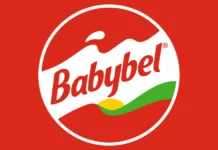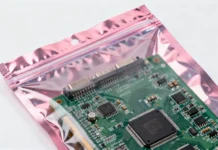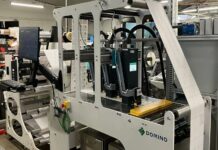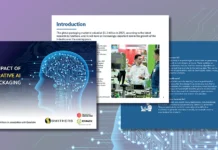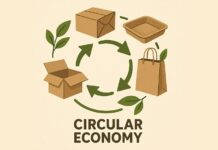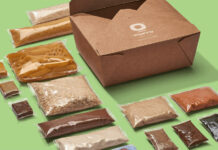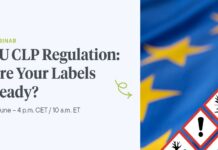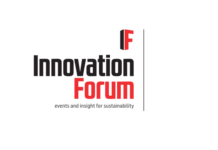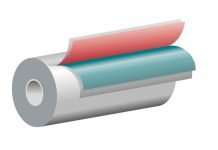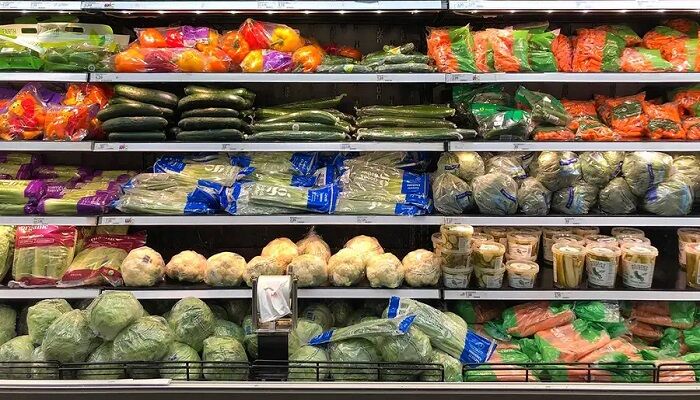The Singapore-MIT Alliance for Research and Technology (SMART), a research branch of the Massachusetts Institute of Technology located in Singapore, is focusing on the advancement of nanosensor technology for detecting foodborne bacteria.
The National Research Foundation (NRF) Singapore has bestowed an Intra-CREATE grant upon a team of researchers from SMART. These grants are part of an initiative by NRF to unite researchers from different institutions under the Campus for Research Excellence and Technological Enterprise (CREATE) umbrella to enhance the outcomes of joint research initiatives. The researchers from SMART’s interdisciplinary research group (IRG), known as Disruptive and Sustainable Technologies for Agricultural Precision (DiSTAP), have successfully secured the grant. Their objective is to develop food packaging capable of detecting foodborne bacteria.
Professor Benedetto Marelli and his team have created a remarkable packaging solution that reacts to changes in the food it encloses, offering a more precise indication of spoilage. This innovative packaging, as mentioned in New Scientist by Karmela Padavic-Callaghan, is composed of biodegradable silk-based material. When in contact with decaying food, it undergoes a colour change, providing a visible signal of spoilage. Additionally, this eco-friendly wrap swiftly degrades in soil, minimizing its environmental impact.
Biodegradable food packaging has the potential to notify consumers about spoilage by altering its colour.
Benedetto Marelli from the Massachusetts Institute of Technology points out that the expiration dates on perishable items frequently fail to accurately predict when food becomes unsafe to consume, resulting in both food waste and foodborne illnesses. Hence, Marelli and his team took the initiative to develop a type of packaging that is responsive to changes in the food it protects, providing a more accurate indication of food spoilage.
The research project, “Biodegradable Silk-Nanocomposite Multifunctional Films for Sustainable, Smart, and Active Food Packaging,” is a joint venture between SMART DiSTAP and the National University of Singapore (NUS). This initiative seeks to create a protein-based, eco-friendly, and versatile food packaging system that can identify and counteract foodborne pathogens immediately.
This groundbreaking and eco-friendly approach is designed to enable prompt and real-time detection of specific foodborne bacteria. It advocates for a transition from traditional plastic packaging to protein-based films derived from natural sources. These films incorporate responsive nanosensors and antimicrobial hydrogels, effectively enhancing the ability to identify and combat harmful pathogens in food and contributing to improved food safety and sustainability.
Foodborne illnesses are frequently caused by bacteria, fungi, parasites, and viruses. While food packaging plays a significant role in preserving the safety and freshness of food, traditional packaging materials serve only as passive barriers that merely postpone the harmful effects of contamination. Compounding the issue, these packaging materials often comprise synthetic plastics and petroleum-based polymers, which exacerbate environmental waste and pollution. Consequently, there is a pressing need for innovative packaging solutions that actively combat contamination, promote food safety, and minimize ecological impact.





